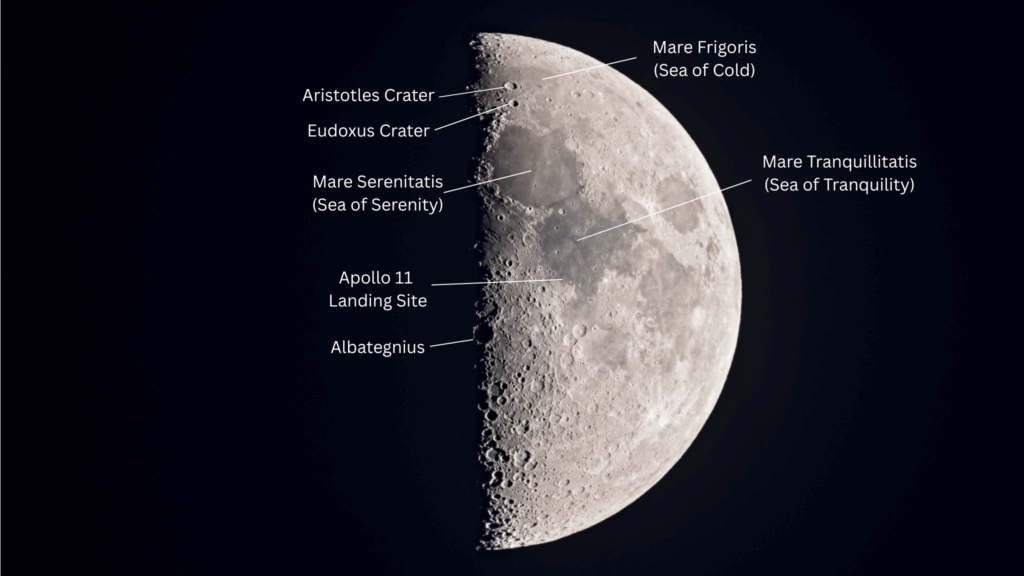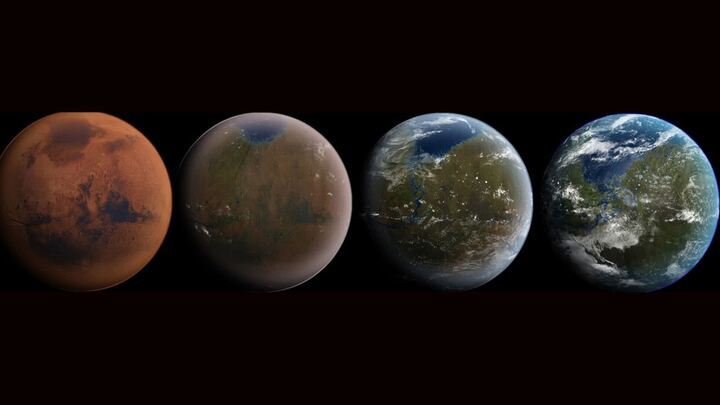Aparna Venkatesan is an astronomer and dark-sky advocate in the Department of Physics and Astronomy at University of San Francisco.
John Barentine is an astronomer, historian, author, science communicator, and founder of Dark Sky Consulting, LLC.
For as long as there have been humans, the moon has been a calendar, ancestor, ritual, inspiration, and origin story for humanity. Its monthly and subtler generational cycles have been — and are still — painstakingly recorded and celebrated by cultures around the world since prehistoric times.
These recurring sequences include the “major lunar standstills” occurring every 18.6 years, when the moon reaches its most northern/southern points, or lunistices, within the course of a single month. We are now entering the period of the latest major standstill in 2024-25.
Two major standstills have occurred since the United States last sent a crewed mission to the moon, Apollo 17 in December 1972. Since that time, only four other countries have joined the small club of countries to successfully achieve soft landings on the moon: The former Soviet Union, China, and since August 2023, India and Japan. Along with spacecraft and crashed pieces of space hardware, humans have left tools, scientific experiments, and even bags of their discarded excrement on our neighboring world.
So we ask in early 2024: Where will humanity, and the moon, be by the next lunar standstill in the early 2040s?
Related: Moon group pushes for protection of ultraquiet lunar far side
In the 1960s the United States and the Soviet Union vied to be first to achieve the age-old dream of, in U.S. President Kennedy’s words, “landing a man on the moon and returning him safely to the Earth”. The crewed Apollo 11 landing on July 20, 1969 was as much a “great leap for mankind” as it was a demonstration not only of the superiority of U.S. technological know-how, but also, some argued, its politico-economic system.
After the fall of the U.S.S.R., its successor state, the Russian Federation, joined the U.S. as a partner in efforts such as the assembly and operation of the International Space Station. It seemed as though the Space Race had ended.
But now a new race to the moon is underway, driven as much by commercial exploitation of lunar resources as by flaunting military power in the new frontier of outer space, and a sense of urgency from “manufactured fear” reflecting Cold War rather than modern collaborative frameworks. As we write this, there are renewed fears of nuclear threats from orbital space following the Russian anti-satellite test of November 2021, which generated space debris that, in the words of the American Astronomical Society, “imperils human spaceflight … the night sky and its accessibility for ground-based astronomy, as well as other scientific, economic, commercial, and cultural purposes.”
Because of the changes wrought by human activities since 1959, historians recently argued that the moon has entered a novel phase of its geologic history in which human modification of its surface will vastly outpace the rate of evolution due to natural influences alone. Astronauts returning to the moon in coming years face a world over six decades into this new era, dubbed the “Lunar Anthropocene”.

The name of the new lunar era deliberately echoes the Anthropocene of our own planet that increasingly includes its surrounding space environment. In the last seven decades human activity has radically transformed the orbital space near the Earth. Recently, the pace of this change has accelerated at an alarming rate. According to the European Space Agency, the number of known objects orbiting the Earth has doubled just since 2015.
Space debris is similarly proliferating. Collisions between space objects — some accidental, others deliberate — generate cascades of debris, each component of which becomes a collision risk for other objects. Upward of 50 tons of debris may be intentionally deorbited each week by the end of this decade, with unknown consequences for the chemistry of the Earth’s upper atmosphere, the ocean and all life on Earth. Additionally, thousands of functional satellites orbiting the planet are already interfering with ground-based observations for radio astronomy as well as optical and infrared astronomy (SATCON1 and SATCON2 reports).
The moon is not far behind. Orbital crowding, environmental degradation and increasing light and radio-frequency pollution are expected consequences of the new lunar space race, mirroring the effects of similar activities near our planet. These developments imperil the potential the moon otherwise shows to host unique scientific research activities, such as the most sensitive radio astronomical measurements ever made from the moon’s far side. Soon, the airless moon will no longer be a “quiet” celestial object; rather, it will be bristling with human-generated radio energy.

The moon represents not only shared (solar system) history and scientific opportunity, but also shared heritage and cultural-religious significance to many global cultures, including Indigenous communities.
Current practices by state and private space actors violate cultural beliefs, including in January 2024 when the Astrobotic Peregrine One mission attempted to carry human remains to the moon, resulting in widespread condemnation from Indigenous communities and international outcry.
The Navajo Nation in particular issued a statement to NASA, reminding them of the need for consultation given the 26-year history of this problem which represents a desecration of “a sacred place in Navajo cosmology”. There have since been a number of Indigenous-led calls to cease the practice of sending human (and pet) remains to the moon. Thus, the moon is at risk of not only becoming a future war zone but a federally-subsidized grave.
The moon has been our satellite for nearly 4.5 billion years, and despite its annual drift of a few centimeters per year away from Earth, it will remain our closest and most visibly world-like companion for billions of years to come. This makes the current rush to occupy cislunar space and the moon all the more incomprehensible, with an ill-quantified tradeoff between science and security gains versus potentially permanent loss of geological records of early solar system history; environmental and bio-contamination of the lunar surface and atmosphere; and desecration of cultural beliefs around the moon.
RELATED STORIES:
As more lunar exploration initiatives loom, it must be asked: Will we responsibly and sustainably protect future generations’ ability to practice scientific and cultural traditions on, near or in relation to the moon? And will we be able to develop a lunar land ethic? With rapidly rising numbers of active governmental and private space actors, and increasing pre-approved, treaty-bypassing space initiatives, it will take courage and vision for any nation(s) to set the intentional precedent of proceeding in ways that honor humanity’s scientific-cultural heritage, prioritizing the “right way” rather than “right now.”
This feels especially urgent given the first U.S. landing on the moon in 51 years through the U.S.-based, privately-owned Intuitive Machines two weeks ago, carrying scientific experiments as well as human-made “leave behinds” on the lunar surface such as the “Koons moons“.
Examples like this urgently require addressing gaps in the language of the 1967 Outer Space Treaty and the recent Artemis Accords, such as the increasing role of private companies in space and whether their missions, lunar or otherwise, are aligned with the aspirational ideals in the Artemis Accords regarding the preservation of heritage or benefits of space exploration for all of humankind.


